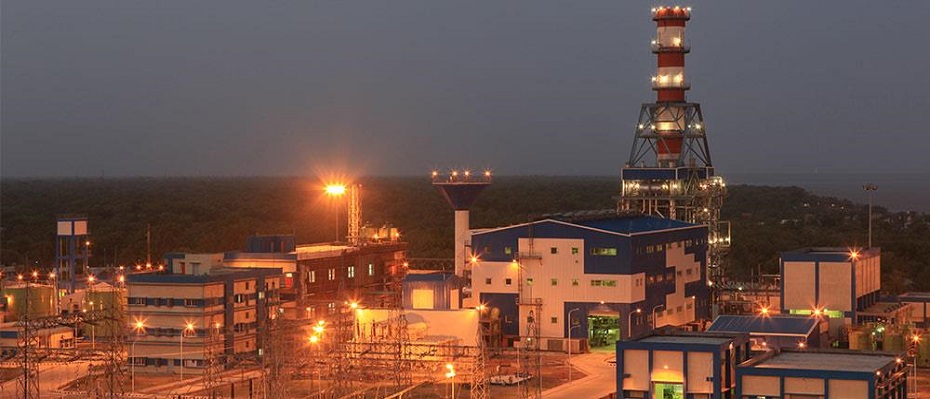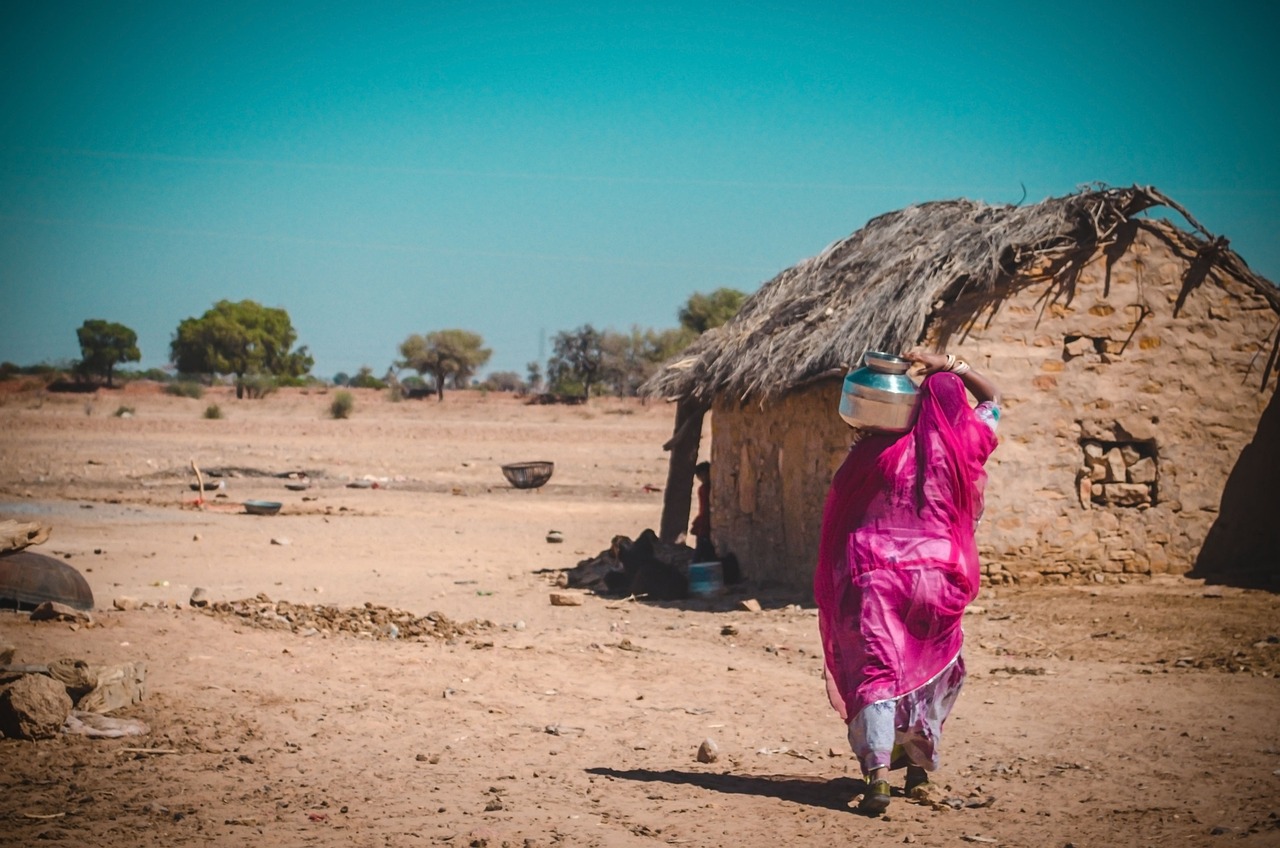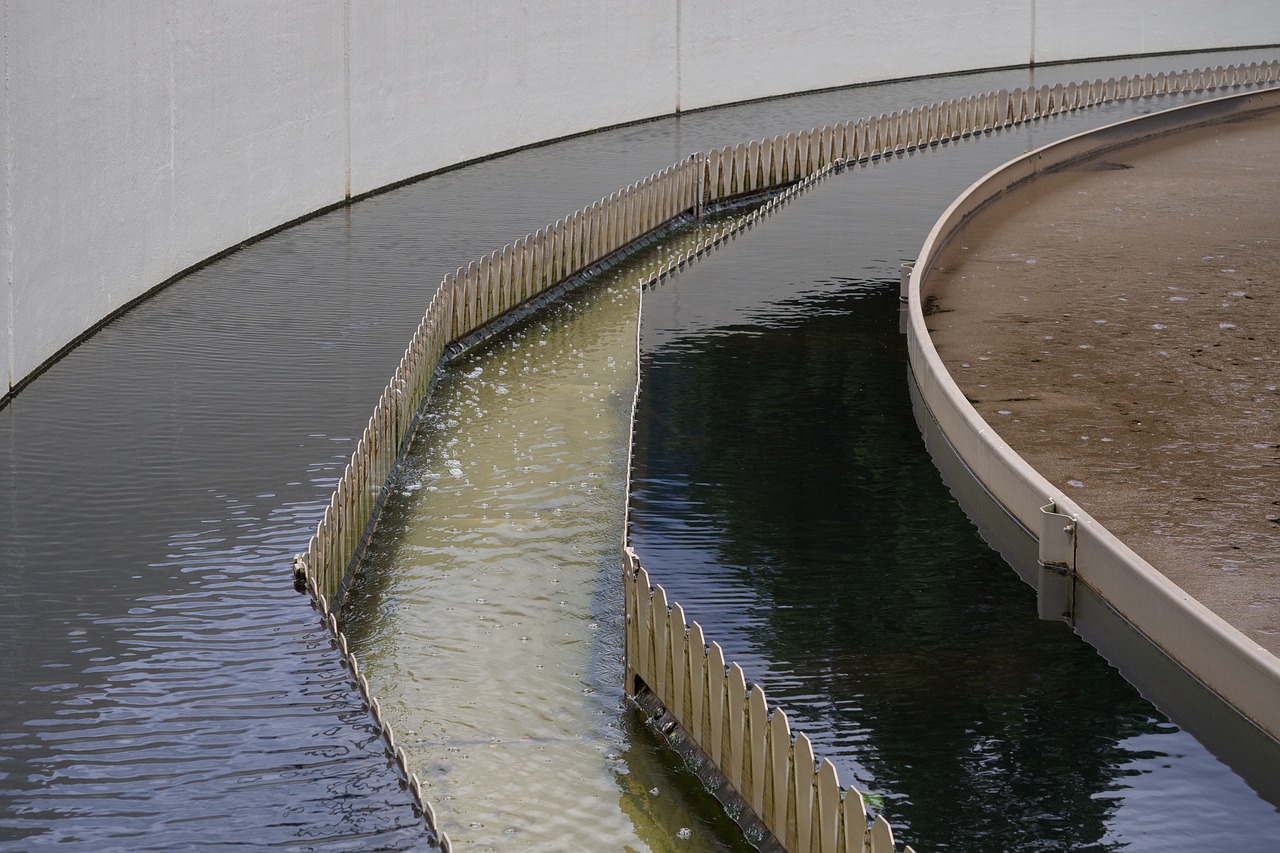- India has the potential to treat and reuse 80% of the wastewater generated, which can be used for non-potable purposes, thereby improving water security and sustainably increasing revenue in several sectors.
- A large-scale recharge of groundwater in Kolar district of Karnataka, with treated wastewater pumped from Bengaluru, has helped improve groundwater quality and agricultural production and could serve as a model for other states and districts.
- The central government has released a National Framework for Safe Reuse of Treated Water for states to draft and implement wastewater treatment policies.
While urban India generates 72,368 million litres (MLD) of sewage every day, only 28% is treated and reused. The remaining untreated wastewater is allowed to freely flow into groundwater, rivers and lakes where it pollutes, spreads diseases and harms wildlife. The 2021 National Inventory of Sewage Treatment Plants notes a wide gap between the bludgeoning trend of sewage generation in comparison with capacity to treat sewage. It observed that India’s urban population has increased by three-fold since 1971, leading to sewage generation increasing from 7,067 MLD to 62,000 as of 2014-2015. However, capacity of sewage treatment plants (STPs) only increased from 2,758 to 23,277 MLD. Published by the Central Pollution Control Board, the inventory also notes that most of water supplied for domestic uses is released as toxic wastewater and is not utilised.
Now, a new report by the Council on Energy, Environment and Water (CEEW), states that 80% of wastewater generated by urban India has the potential to be treated and reused for non-potable purposes like irrigation, which can relieve the immense pressure on water bodies, lower pollution levels and provide water security in the face of climate crisis-induced weather events that can render water bodies unreliable.

Nitin Bassi, Programme Lead for Water and one of the authors of the CEEW report said they examined the 2021 National Inventory of STPs to calculate the potential economic and the market value of treated wastewater (TWW).
For example, to understand the potential of TWW use in irrigation, the study estimated the wastewater treatment capacity installed in India according to CPCB in 2021, and apportioned it to the water demand in the irrigation sector (CSO 2018). The study revealed that 8,603 million cubic metres (MCM) of TWW could have been reused to irrigate about 1.38 Mha of land and produce over 28 million metric tonnes (MT) of horticultural crops which can generate a revenue of Rs. 966 billion in revenue (based on the retail prices released by the National Horticulture Board in 2022). Moreover, TWW is nutrient-rich, containing nitrogen, potassium and phosphorus. The study estimated that nutrients from 8,603 MCM of TWW weigh more than 6,000 tonnes and could have saved INR 50 million that may have been spent on fertilisers, based on the market value of NPK fertiliser (MoHUA 2021).
The role of policy in utilising treated wastewater
To tap into the potential of reusing TWW, the onus falls on individual states to set policies and standards. However, the CEEW report found that only 10 states – Punjab, Rajasthan, Jharkhand, Chhattisgarh, Karnataka, Andhra Pradesh, Madhya Pradesh, Gujarat, Haryana, and Maharashtra have a TWW reuse policy, and still fewer have mandatory provisions for treatment and reuse. In Gujarat, thermal power plants situated within 50 km. of STPs or city limits are mandated to use TWW. In Karnataka, industrial estates within 30 km. of STPs are mandated to prioritise treated water.
Bassi explains how water resources in different regions dictate policy. “In Bihar and West Bengal, the cost of extracting water is low, so demand for TWW may not be there. In Maharashtra and Rajasthan, there is demand for alternate water, but again electricity to pump water is free.” He argues that if freshwater is charged to those who can afford to pay, then there will be demand for TWW.

Bassi said Gwalior in Madhya Pradesh has a plant with 145 MLD capacity, with almost all TWW being used in irrigation. “Gwalior Municipal Corporation in return takes freshwater from the Water Resources Department and supplies it to meet the city’s needs.”
A financially viable partnership or an institutional exchange may also help promote the reuse of TWW among the public. An example of this is the wastewater reuse project in Nagpur in Maharashtra where Mahagenco, the state power generation company, entered a partnership with the Nagpur municipal corporation for treating wastewater and using it in thermal power generation. As of 2022, about 200 MLD of sewage from rivers have been treated, and reused by MAHAGENCO, the state power generation utility at its two power plants.
Recharging groundwater with treated wastewater
While most states identify agriculture and industries as the two main sectors for the potential reuse of TWW, Karnataka has included wetland restoration, river augmentation, and environmental recreation as potential areas for TWW reuse. In 2018, the Government of Karnataka implemented a large-scale recycling effort to fill 137 water tanks in Kolar, a drought-prone region, with secondary treated wastewater from two STPs in Bengaluru.
This enables 440 MLD of TWW to be pumped across 53 km. from Bengaluru to Kolar to Lakshmisagara tank. Water from this tank is then distributed to several other local tanks.
Vishwanath S, a water conservation expert based in Bengaluru, said, “Groundwater tables had plummeted to 1,800 feet (earlier it was at 20 to 30 feet). Kolar is one of the worst affected districts in terms of drought and climate change.” The supply of TWW enables Kolar to access what he calls ‘climate-resilient water’ that is available throughout the year irrespective of weather and climate patterns.

Scientists from Indian Institute of Science (IISc), Bengaluru, recently assessed groundwater recharge rates and water quality changes in Kolar after the government’s intervention. They found that the groundwater levels increased by 53% in the Narsapura tank and by 73% in the Kolar tank. The number of water bodies increased by 5 times, tree count had shot up by 43%, and cropping land by 4.2%.
The government’s recycling project in Kolar was initially criticised, with questions arising about groundwater quality and public health concerns. Now, the direct contact or use of water in the surface tank has been prohibited to lower the risk of public health hazards and the surface tanks have been constantly monitored for heavy metal content and are within acceptable limits, according to the team at IISc, which studied the project. The team was headed by Lakshminarayana Rao, a professor at IISc.
In its assessment, the team found that groundwater quality in areas that received the treated water was better than that in non-impacted areas. Further, there has been an enhancement of agricultural land, and an increase in irrigated land by nearly 31% from 158,000 hectares to 207,000 hectares.
Vishwanath added, “Farmers are now able to grow crops 365 days a year. Their livelihood and climate security have improved drastically. The energy which the city uses in pumping water to the lakes is recovered by the farmers’ lowered dependence on energy. So there’s a net energy benefit and less carbon emissions.”
Semi-arid India and other cities can learn from Bengaluru on meeting agriculture, energy and food security needs through wastewater management, he added. “We need institutions that can think about it on a larger scale. At the same time, technology needs to improve to treat the wastewater better.”

Satish Mallya, governing council member of the Bangalore Apartment Federation, said that several apartment buildings in the city have excess treated water from their STPs that could be used for similar projects such as Kolar.
Bangalore Water Supply and Sewerage Board (BWSSB) in 2019 mandated that buildings with 20 flats and above should install STPs. Although this mandate is not viable for apartment buildings below 100 flats, there are 3,500 apartments with STPs in the city according to CPCB data from 2021, said Mallya.
One such apartment, Brigade Gateway, a 1,255 apartment complex has an STP with 960 KLD (kilo litres per day) capacity. The treated water is sent to a lab every month to check the quality and is used for landscaping, and in toilets.
He suggested that the government could reuse this water to maintain city parks or in construction.
Priyanka Jamwal, assistant professor at Ashoka Trust for Research in Ecology and Environment in Bengaluru, said the Karnataka government is likely to come up with a policy to encourage construction companies to use TWW. If apartments can sell their TWW, this will encourage other apartments to start treating waste water instead of using borewells or buying tankers.
She added that though stakeholders can reuse TWW for non-potable uses such as landscaping, construction, toilets, carwash, they need to ensure the water is safe. “If construction workers are using TWW, there could be an accidental spill which could pose a health risk. We need to check for residual chlorine in the TWW, then we know that there are no pathogens.”
National framework for treated water
To provide guidelines and impetus to states and other stakeholders to treat and reuse wastewater, the central government released the National Framework on Safe Reuse of Treated Water in November 2022. The Framework expects states to set targets for treatment and reuse of water generated by households and commercial enterprises in both urban and rural settings. It has given recommendations on setting up a technical cell to support SRTW projects, drafting a locally relevant policy on reuse that must be reviewed regularly, planning and financing conveyance (pipelines, tankers, aqueducts and other modes of transporting water), and so on. It also addresses challenges that may be faced in both rural and urban areas while implementing SRTW projects. It also outlines different types of business models that may be adopted by stakeholders according to the end-use.
The Framework recommends that TWW can be utilised for municipal uses like landscaping, parks, toilet flushing and firefighting with appropriate quality norms. For groundwater recharge it advises stringent quality standards, monitoring and compliance measures.

Shreya Nath, Managing Partner, Urban Water Programme, WELL Labs stressed that the approach of treating water according to its end usage will help conserve excess energy and money that would have been spent if all treated water had to be brought to a very high standard. “However, the policy doesn’t clearly define the standards for the end uses it has outlined. For instance, there is no mention of standards for usage in construction. Without the standards in place the policy is not yet ready for direct adoption,” Nath added.
Bassi explained that secondary treated wastewater is used in spray guns that are used to suppress dust in heavily polluted areas, especially in Delhi. But secondary treated wastewater usually has microbial contaminants. Similarly, when TWW is used for irrigation, it should not contain heavy metals.
He added that there is also a need for a behaviour change campaign mooting the idea that the water is not for potable purposes, as there is a taboo attached with reusing wastewater.
Overall, the framework is a good step towards increasing waste water reuse which can improve water security, help replenish water bodies and uplift local and national economies.
Banner image: Image of filtration ponds in wasterwater treatment plant. Photo by Ivan Bandura/Unsplash.
